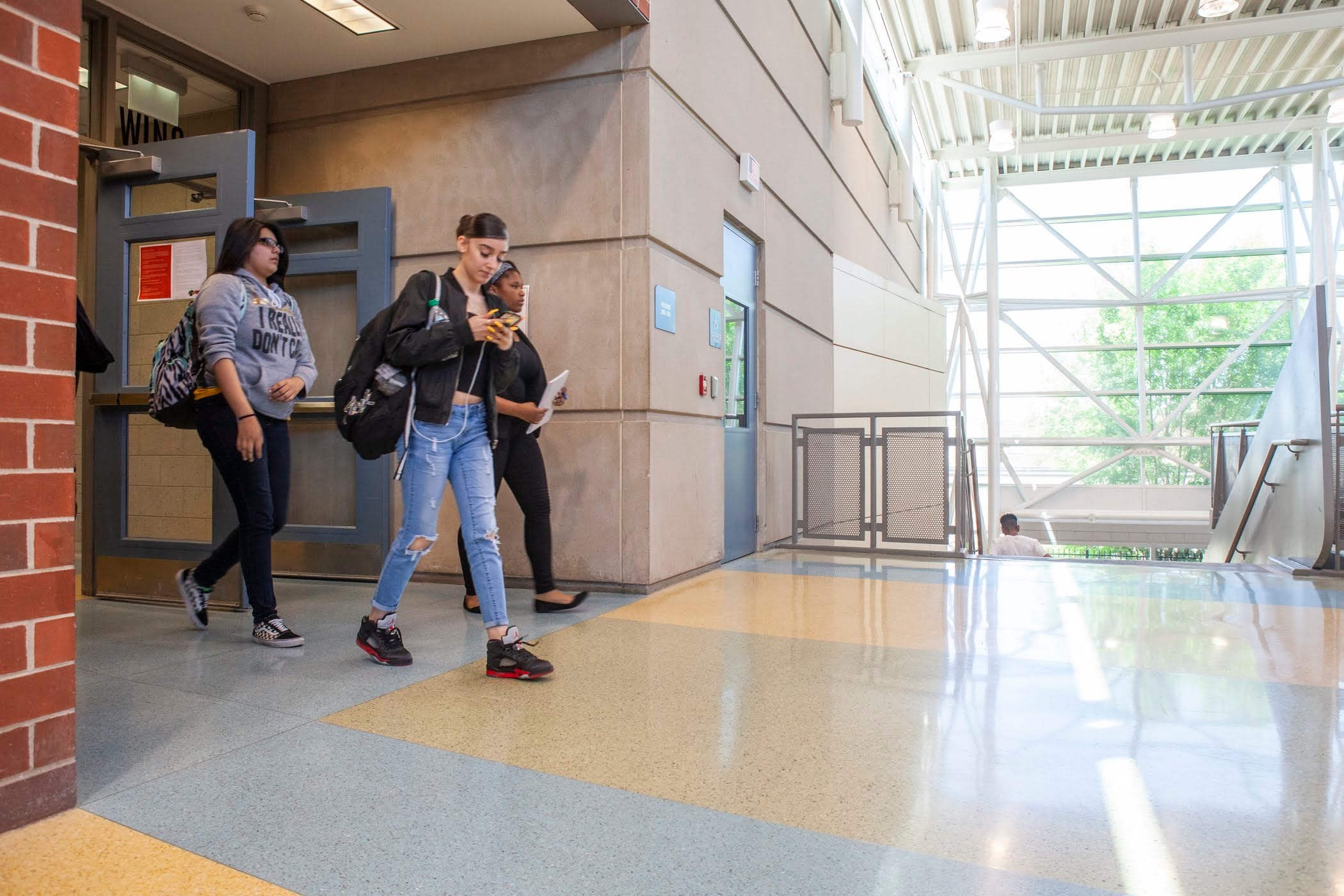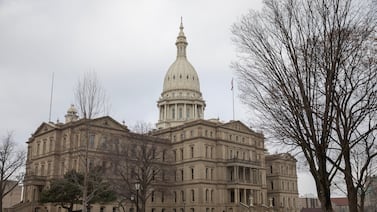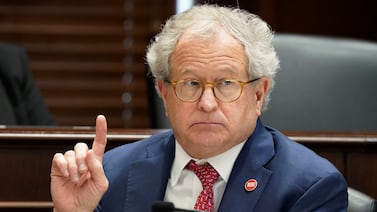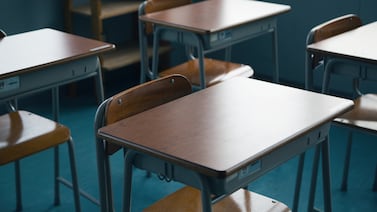Illinois superintendents are pressuring the state board of education to release public health guidance immediately as school districts prepare to reopen classroom doors in the fall.
The Large Unit District Association, which represents 52 of Illinois’ largest school districts and more than half a million students throughout the state, sent state superintendent Carmen Ayala a letter this week demanding that the state publish public health guidelines for schools aligned with the Phase 5 reopening plan.
“We request that social distancing, quarantining, and masking guidelines in schools be consistent with health guidelines of Phase 5 as applied to other venues in Illinois,” said the letter.
John Burkey, executive director of the Large Unit District Association, said in an interview with Chalkbeat Chicago that school districts are excited to get students back into classrooms after the pandemic year, but district leaders need immediate guidance to bring back students.
According to Burkey, some school districts are planning to start classes in early August and only have a few weeks to plan for the school year over the summer.
The state board of education passed a resolution in May requiring school districts to reopen in the fall with limited exceptions for remote learning. Since school districts have to operate at full capacity, the letter raises concerns about social distancing, masks and quarantining students who have or are exposed to COVID-19.
“Under the 6-feet social distancing guidelines, it is impossible for most of our schools to operate at 100 percent capacity, “ said the letter. “Using 3-feet social distancing guidelines, full capacity is possible in most cases, but only with significant modifications.”
Echoing similar concerns raised by superintendents during the state board meeting earlier this month, Burkey said current social distancing guidelines will not allow for all students to come back to classrooms. School leaders have also said they will have a hard time planning classroom structure and activities like lunch without new rules.
Most classrooms use tables instead of desks to get young students to work collaboratively, but with current social distancing rules, school districts will have to purchase more desks, Burkey said.
“I have a couple districts that have told me that they’ve got an order for desks ready to go, but they don’t want to buy the desk if the guidance is going to change,” said Burkey. “That’s obviously a wasted expenditure.”
On Tuesday, Ayala said in a weekly message that the state board of education is working with the Illinois Department of Public Health to issue guidance as soon as possible.






